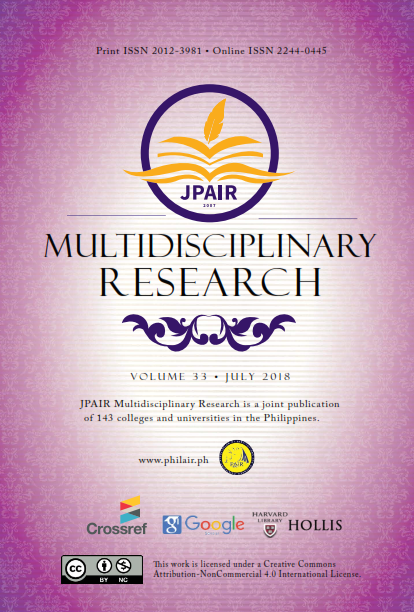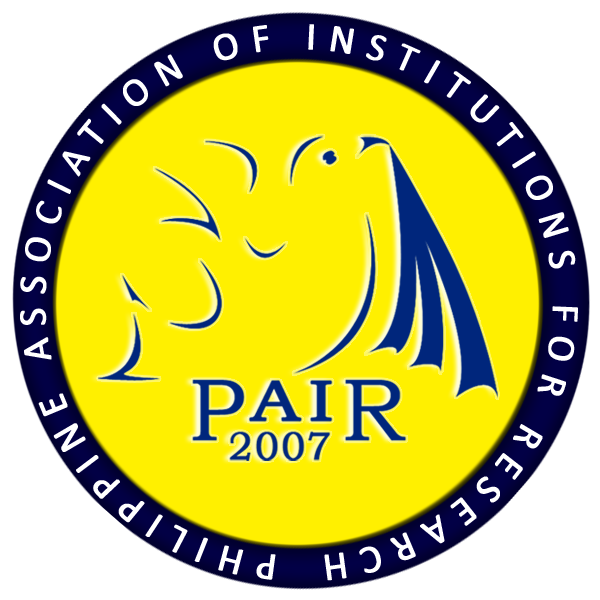Personality Traits, Beliefs, Race or Ethnicity, Language, and Religion as Contributors to Job Discrimination Towards Meranaw Job Applicants
DOI:
https://doi.org/10.7719/jpair.v33i1.608Keywords:
Social science, human resource management, job discrimination, Meranaw, descriptive correlational design, Marawi City, PhilippinesAbstract
In a highly competitive environment where job-seekers are vying against a pool of equally competent job applicants, the challenge to provide equal employment opportunity against ethnic and racial biases still overshadows the employers' principle of "merit and fitness." This study focused on the mechanisms of culture such as personality traits, beliefs, race or ethnicity, language, and religion that link to job discrimination among Meranaw job applicants and its implication to personnel management. It attempted to find out the correlation between the profile of the said minorities and the mechanisms of culture that link to job discrimination among them. In this study, the descriptive correlational design was utilized, and a survey was conducted to eighty-seven (87) respondents through the distribution of a researcher-structured questionnaire. By the data gathered, the findings revealed that respondents agreed that mechanisms of culture such as personality traits, beliefs, race or ethnicity, language, and religion contribute to job discrimination among Meranaw job applicants while profile has no significant relationship with most of the mechanisms identified. The study concludes that job discrimination based on culture towards Meranaws does exist, and the devices above of culture have a significant impact on the chance of Meranaw job applicants to be afforded with equal job opportunities in any workplace hierarchy.
Downloads
References
Atchison, T. J., & Hill, W. W. (1978). Management today. Retrieved from https://goo.gl/xKKw5q
Downloads
Published
Issue
Section
License
Copyright (c) 2018 Raimah S. Maunting, Sonayah D. Guimba

This work is licensed under a Creative Commons Attribution-NonCommercial 4.0 International License.
Open Access. This article published by JPAIR Multidisciplinary Research is licensed under a Creative Commons Attribution-Noncommercial 4.0 International (CC BY-NC 4.0). You are free to share (copy and redistribute the material in any medium or format) and adapt (remix, transform, and build upon the material). Under the following terms, you must give appropriate credit, provide a link to the license, and indicate if changes were made. You may do so in any reasonable manner, but not in any way that suggests the licensor endorses you or your use. You may not use the material for commercial purposes.




















